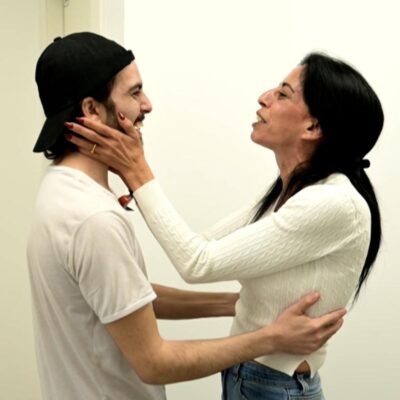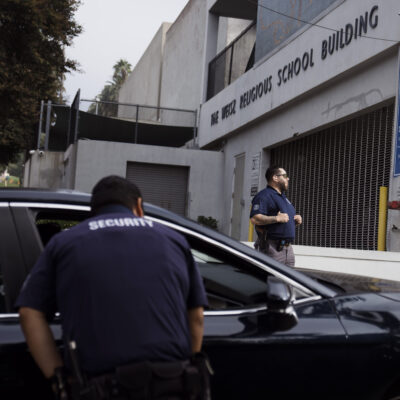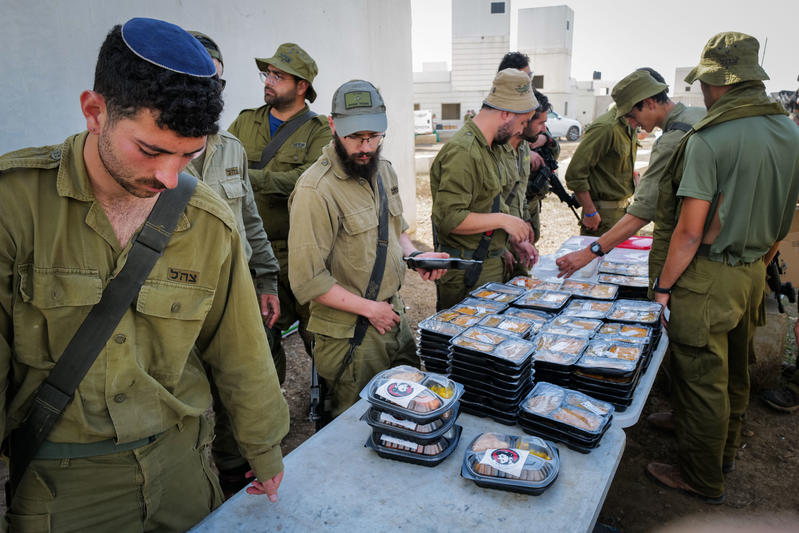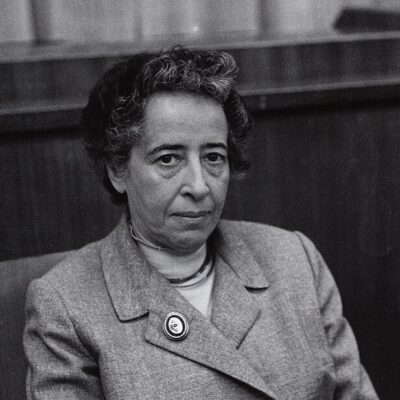Opinion
JEWISH LEADERSHIP PIPELINE
We need more great rabbis
In Short
The rabbi is the oldest, most venerable and perhaps most important model of a Jewish professional leader.
North American Jews need more rabbis. This has been true for some time, but this moment in Jewish history demands more spiritual, educational and pastoral leadership from rabbis than any other in recent memory. This call for reinforcements is not an indictment of the many great rabbis we already have in our midst; they know better than most how lonely their work is, and that having more creative leaders alongside them would bolster them in their holy undertaking of building vibrant Jewish life.
When I started working at the Shalom Hartman Institute nearly 15 years ago, I found myself regularly addressed, and often introduced, as “Rabbi Kurtzer.” There was perhaps an obvious institutional reason this kept happening. At Hartman, the professional development and learning programs we run for rabbis are the jewel of our institution and core to our brand, and I suppose it is a reasonable assumption that an educator of rabbis running an institute that loves rabbis would himself be a rabbi. At first, I found this mistake amusing; but I also feared that it might be insulting. Was my doctoral training — in rabbinic Judaism, no less — assumed to be insufficient for the work of teaching rabbis? And worse, was the ease with which people called me “rabbi” cheapening the hard work actual rabbis had done to earn that title?
Over the years, I’ve come to believe that there is a deeper reason why Jews want their teachers and leaders to be rabbis, even if they do so unwittingly, and that is because we, the Jews, need rabbis. The rabbi is the oldest, most venerable and perhaps the most important model of a Jewish professional leader. For nearly two millennia, our rabbis have been carriers of Jewish tradition through scholarship and teaching; interpreters of the world in ways that ensure our continuity; gatekeepers of our communities; pastors in our times of need; representatives of our community to governments and the public; and the exemplars of what it means to be Jewish. When we use the term rabbi, even when it does not quite fit, we are saying something about the creativity, compassion and excellence that we hope and look for in our leaders.
There are many reasons why this field has shrunk, why there has been a decline in enrollment in liberal rabbinical seminaries and why many jobs continue to go unfilled. Some of the problems stem from issues specific to the Jewish community, and some surely from a broader American phenomenon of loss of religious faith and distrust in its institutions. No single programmatic intervention can reverse these trends, but I believe our need for more outstanding rabbinic leaders for the North American Jewish community requires some radical experimentation, beginning with new approaches to rabbinic training.
Earlier this year, we at the Shalom Hartman Institute of North America, in partnership with the Jim Joseph Foundation, quietly launched one such radical experiment, which we are calling Rabbanut North America: The Hartman Beit Midrash for New North American Rabbis. Modeled in part on our thriving Rabbanut Yisraelit ordination program and network in Israel, we recruited a remarkable cohort of early to mid-career leaders in the fields of Jewish education and academia and individuals seeking to transition from careers outside the Jewish community to working for the Jewish people. The program — which is extremely intense but also part-time and non-residential — offers an accelerated pathway to the rabbinate for candidates with an MA-level or equivalent background in Jewish studies, Hebrew proficiency and demonstrated professional excellence and leadership skills. Most of our participants are already doing some version of the work that rabbis are meant to do, serving as Jewish educators, or in non-rabbinic clergy and clergy-adjacent jobs, or as lay or professional leaders in their Jewish communities; they feel called to rabbinic work, and the training and title will be both an accelerant of and a capstone atop their thriving careers.

The Shalom Hartman Institute’s program offers an alternative model of rabbinic training that complements existing models and does not attempt to replace them. Most seminaries today are designed on the model of the university, which requires extensive residency and systems of credits and instruction with limited flexibility. Their business model requires expensive tuition akin to other pre-professional skilled training programs, and their programs of study are generally designed for students at the outset of their careers.
Rabbanut North America is a pathway to the rabbinate for candidates who have already proven themselves in a first career and are prepared to move quickly and efficiently through a course of study designed to build on their existing strengths and fill in whatever gaps they may have in their knowledge and skills. Our Institute, because it is not modeled on the university, is a nimble and creative organization with extensive experience in designing and implementing this kind of program. Our faculty is made up of scholars devoted to bringing their scholarship to bear on contemporary Jewish challenges, and they are ready and eager to participate in training a new kind of North American rabbi. And most importantly, we are primarily invested in developing a rabbinate that brings Jewish wisdom and thought leadership to the central challenges facing Jewish life. There are a lot of great rabbis who work in other essential disciplines critical for our spiritual needs, like chaplaincy or advancements in halacha. We need more rabbis who can be visionary guides in our contemporary wilderness.
The program is not easy for the participants. They commit to 10+ hours of instruction per week, mostly in small Oxford-style tutorials with leading Hartman scholars and other rabbis and subject matter experts; to several weeklong retreats in North America; and to long and intense summer residencies in Jerusalem. Our students are taking on this load, which is like other seminaries in its total number of hours of instruction, while still working in their rigorous jobs. While they take many of their classes together, we believe that the best way to train and cultivate talent for this role is in heavily customized ways, and so our program includes individualized elements for each student. It is a heavy lift, both for them and for us.
I’m thrilled to say that this first summer in Jerusalem showed signs of success. There were hiccups and challenges, and we are learning from our students and adjusting the program as we go; but watching our rabbinic ordination students fit in instantly with the 200-plus rabbis on our campus for our summer programs was a huge vote of confidence for the talent we are adding to the field and the opportunity in front of us.
By this time in 2026, we will have a second cohort up and running and we will be preparing to ordain our first cohort of students. When that happens, I can’t wait for the moment that I get to address each and every one of them as “rabbi.” It is our people’s most cherished title — a title that our community needs them to have, and one that they will have earned and will richly deserve.
Yehuda Kurtzer is president of the Shalom Hartman Institute. He is the author of Shuva: The Future of the Jewish Past, the co-editor of The New Jewish Canon, the host of the podcast “Identity/Crisis” and the author of dozens of articles and essays about contemporary Jewish life.

 Add EJP on Google
Add EJP on Google









